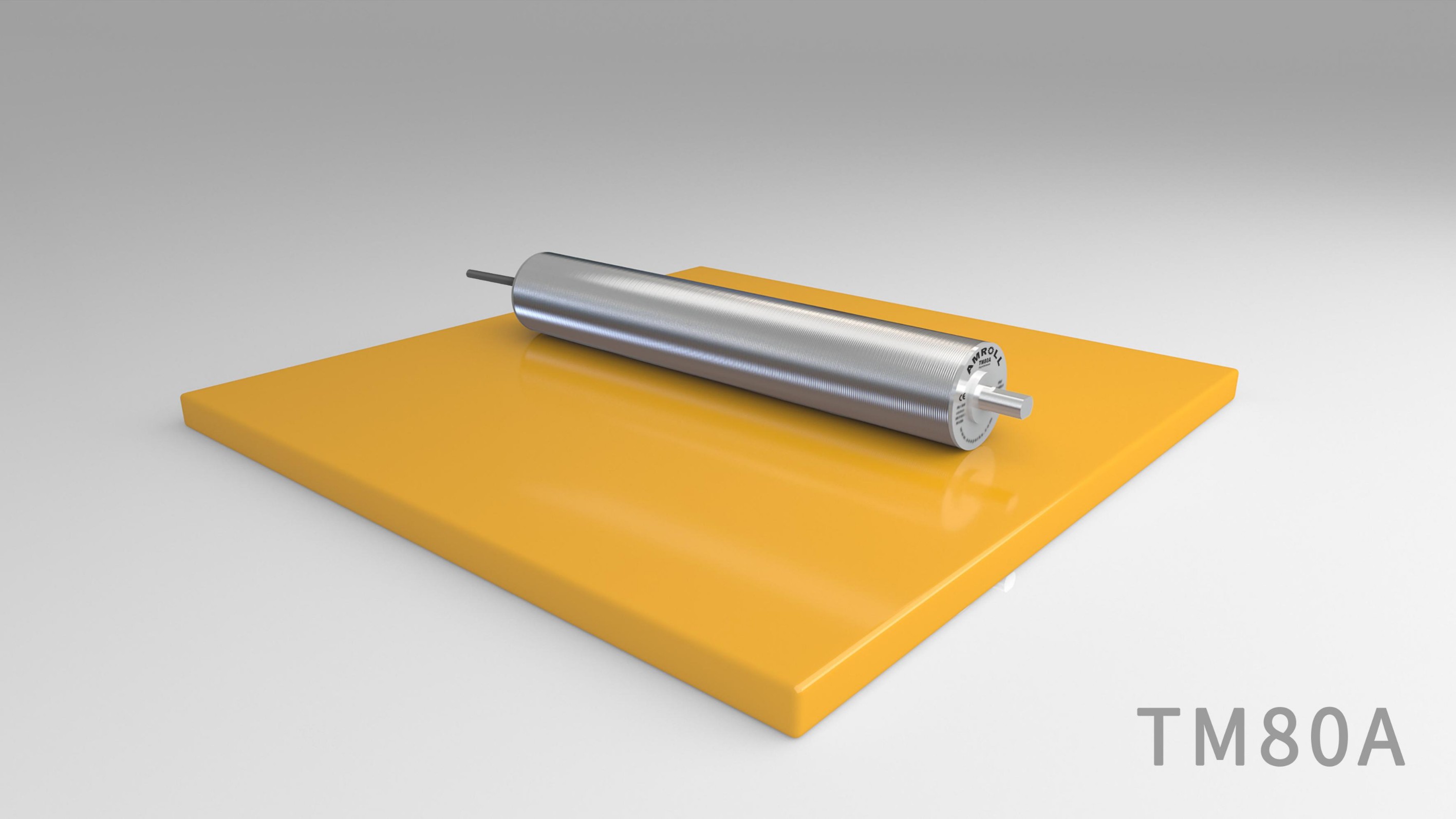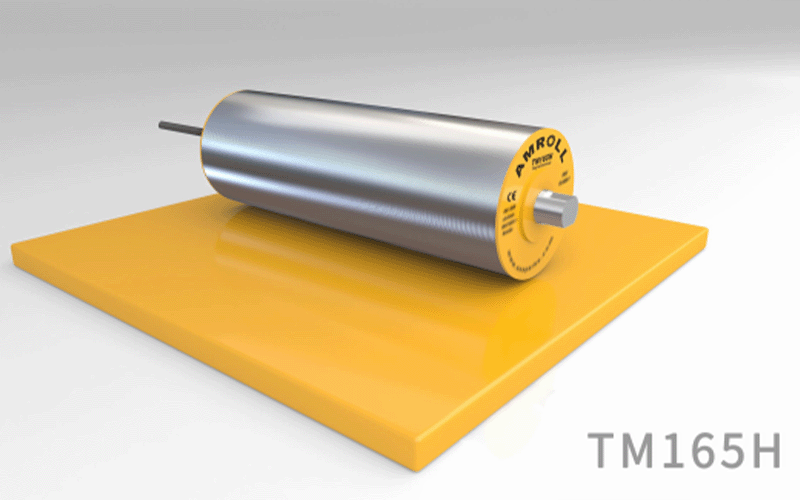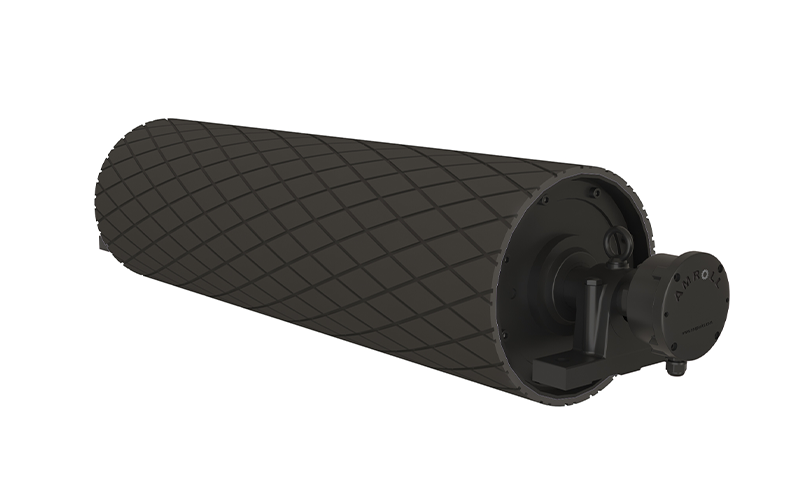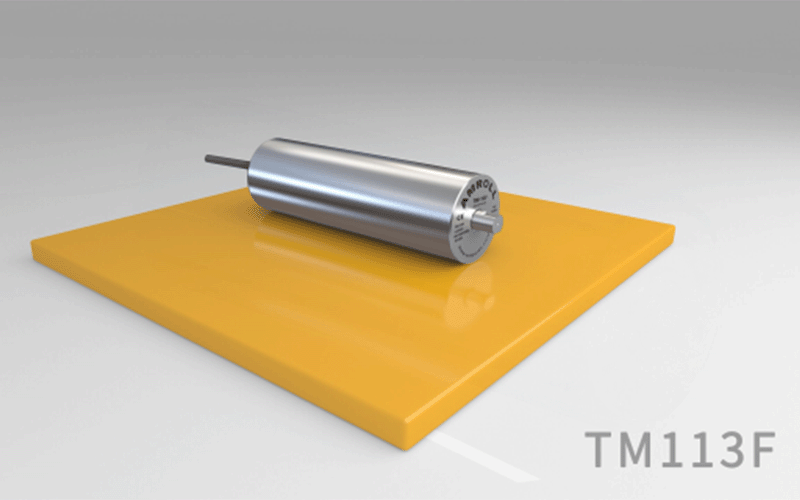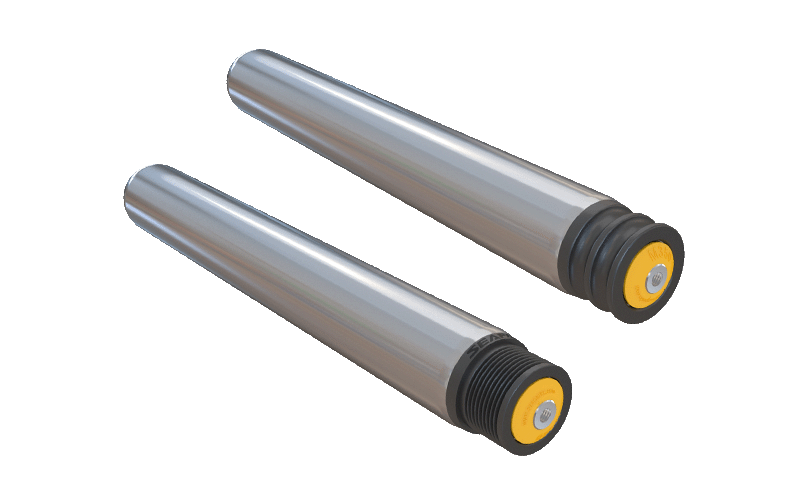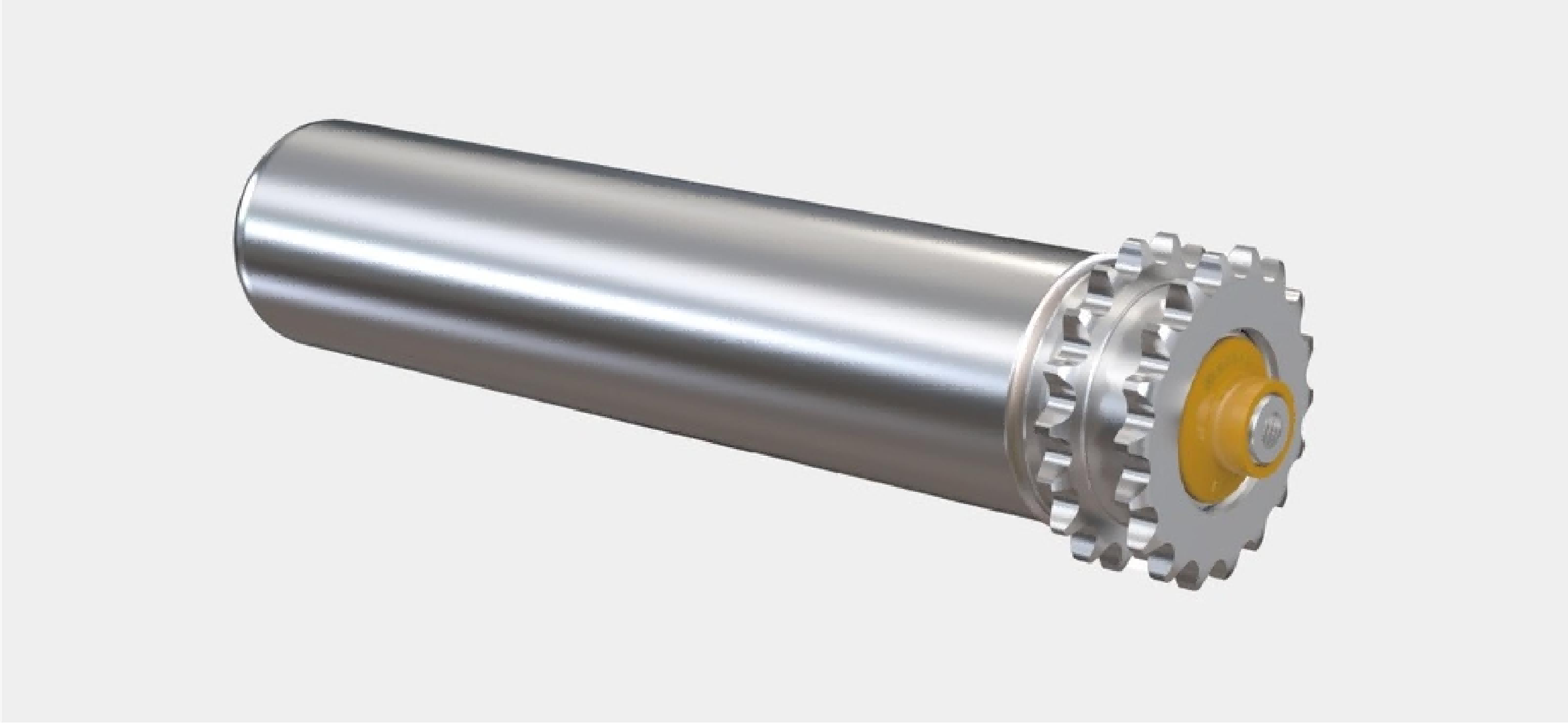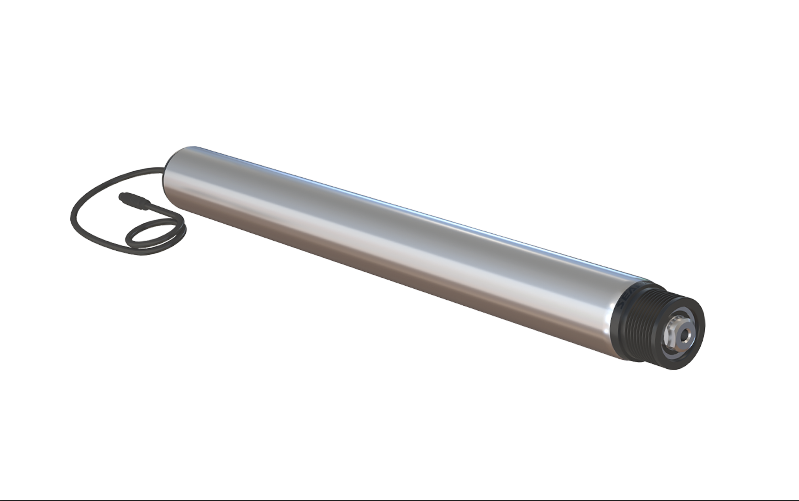China's food processing industry has undergone decades of development. With the large-scale supplementation of domestic food machinery and extensive technological transformation projects, the food industry has been moving towards mechanization and automation for many years, and the production scale of food processing is rapidly expanding.

The production and supply of meat and poultry products are important indicators reflecting the quality of people's lives and health levels. Currently, the meat industry, which is in a critical period of high-quality development, is steadily advancing towards the goal of accelerating the construction of a modern industrial economic system. The extraordinary achievements are the best annotations to the ten years of hard work and progress in the meat industry.
“
In recent years, with the explosive growth of takeaway services, the food processing industry has entered a period of rapid development. Today, due to the outbreak of the pandemic leading to the "stay-at-home" economy, it has directly catalyzed the accelerated consumption of ready-to-eat meals.
Ready-to-eat meals originated in the United States, and in the 1960s, various types of ready-to-eat meals began to be commercially operated.
Since the 1990s, with the entry of fast-food chains such as KFC and McDonald's, domestic food machinery and equipment have been greatly supplemented, and technological engineering has been continuously renovated. Mechanization and automation have led to a rapid expansion of the types and production scale of food processing.
Gradually, domestic vegetable processing and distribution factories began to emerge, and after 2000, deep-processed ready-to-eat meal enterprises began to emerge.

Standardization and Scale
In the production process of ready-to-eat meals, there are many processes such as cleaning, cutting, ingredient preparation, production, packaging, sterilization, etc. To ensure stability and improve efficiency, it is necessary to introduce food processing equipment such as washing machines, vegetable cutting machines, meat cutting machines, conveyors, food packaging machines, sterilization equipment, etc., for standardized production.
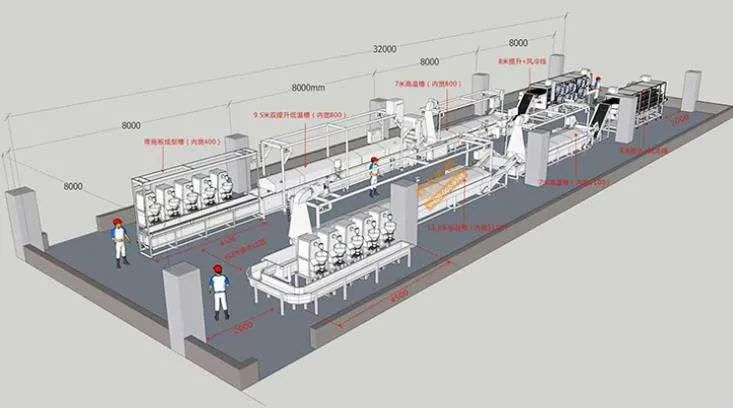
Food processing equipment as a key factor
High product quality, production equipment, and logistics level all affect the development of the ready-to-eat meal industry.
Food Processing Equipment
In the production process of ready-to-eat meals, there is a high demand for food processing machinery and equipment. During the process, vegetables need to be quarantined, transported to the vegetable processing workshop, undergo centralized cleaning and cutting, and then processed into standard ready-to-eat meals.
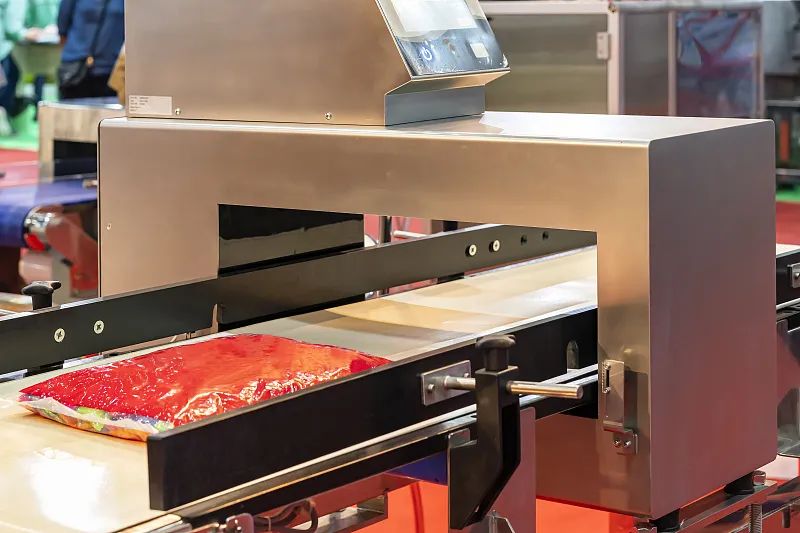
Drum Motor for Conveyor
To ensure production efficiency, the entire process requires the use of automated assembly lines. As the core component of belt conveyor equipment, the conveyor drum motor plays a crucial role in the transportation process。
Smooth operation, high operational efficiency, safety, low noise, and long service life are important indicators and standards for standardized workshops when it comes to conveyor equipment。
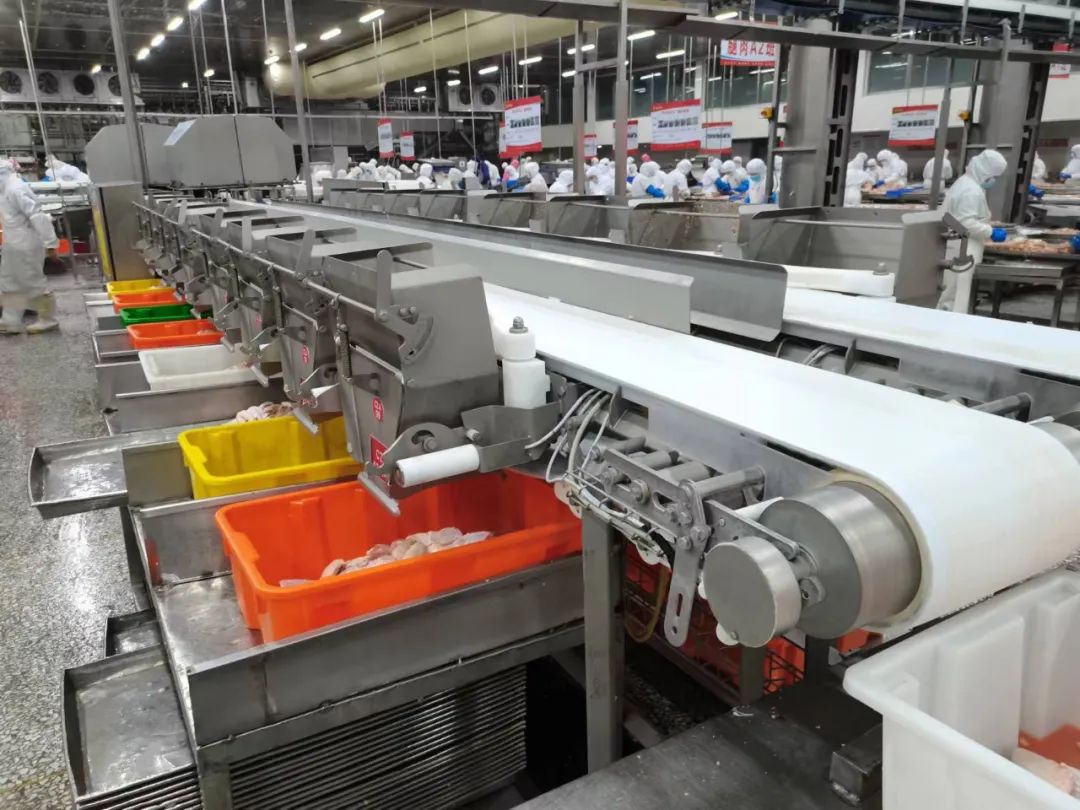
Compared to traditional motors with multiple components, oil-immersed power conveyor drum motors feature an integrated and compact structural design, which avoids power loss caused by multiple component transmissions. This not only improves efficiency but also reduces energy consumption。
With the increasing diversification of ready-to-eat meals, production equipment needs to undergo continuous iteration and updates。
Ready-to-eat meals represent not just a dish but a revolution in food processing. Safety, health, convenience, and innovation are the future of industry development.

